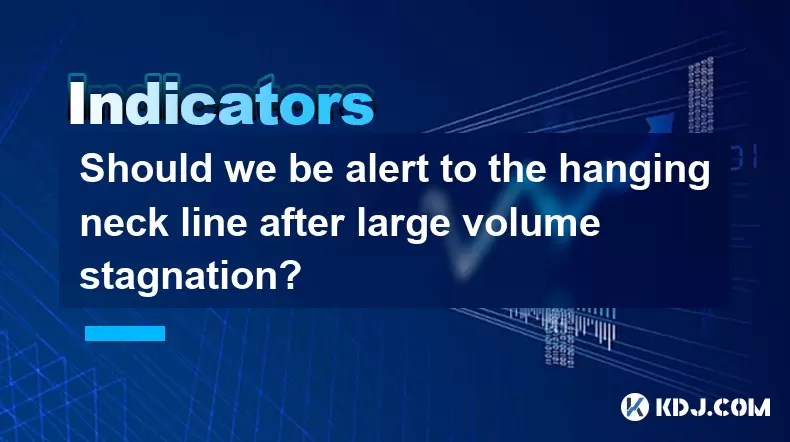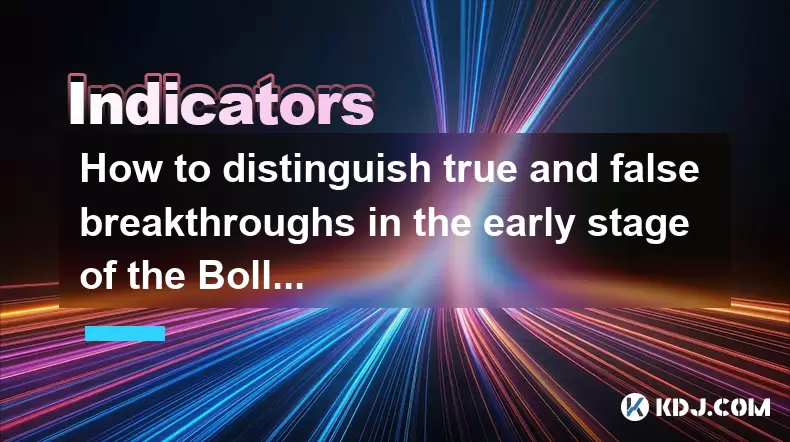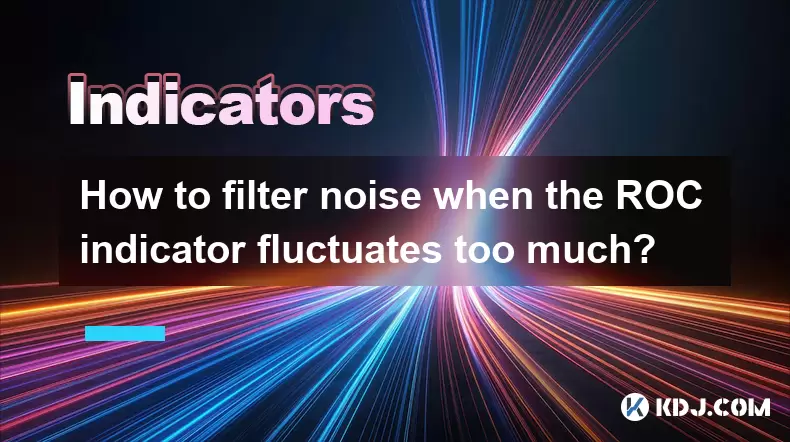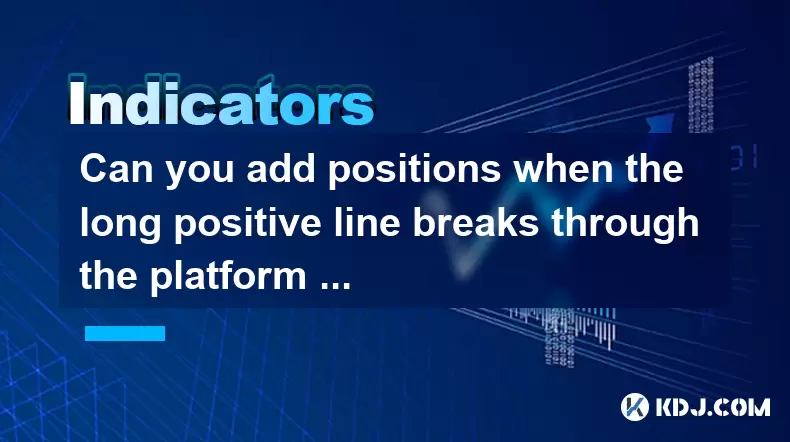-
 Bitcoin
Bitcoin $106,754.6083
1.33% -
 Ethereum
Ethereum $2,625.8249
3.80% -
 Tether USDt
Tether USDt $1.0001
-0.03% -
 XRP
XRP $2.1891
1.67% -
 BNB
BNB $654.5220
0.66% -
 Solana
Solana $156.9428
7.28% -
 USDC
USDC $0.9998
0.00% -
 Dogecoin
Dogecoin $0.1780
1.14% -
 TRON
TRON $0.2706
-0.16% -
 Cardano
Cardano $0.6470
2.77% -
 Hyperliquid
Hyperliquid $44.6467
10.24% -
 Sui
Sui $3.1128
3.86% -
 Bitcoin Cash
Bitcoin Cash $455.7646
3.00% -
 Chainlink
Chainlink $13.6858
4.08% -
 UNUS SED LEO
UNUS SED LEO $9.2682
0.21% -
 Avalanche
Avalanche $19.7433
3.79% -
 Stellar
Stellar $0.2616
1.64% -
 Toncoin
Toncoin $3.0222
2.19% -
 Shiba Inu
Shiba Inu $0.0...01220
1.49% -
 Hedera
Hedera $0.1580
2.75% -
 Litecoin
Litecoin $87.4964
2.29% -
 Polkadot
Polkadot $3.8958
3.05% -
 Ethena USDe
Ethena USDe $1.0000
-0.04% -
 Monero
Monero $317.2263
0.26% -
 Bitget Token
Bitget Token $4.5985
1.68% -
 Dai
Dai $0.9999
0.00% -
 Pepe
Pepe $0.0...01140
2.44% -
 Uniswap
Uniswap $7.6065
5.29% -
 Pi
Pi $0.6042
-2.00% -
 Aave
Aave $289.6343
6.02%
Should we be alert to the hanging neck line after large volume stagnation?
The hanging neck line is a bearish candlestick pattern signaling potential trend reversals, especially after large volume stagnation in crypto markets.
Jun 20, 2025 at 07:01 pm

Understanding the Hanging Neck Line in Cryptocurrency Trading
The hanging neck line is a technical analysis pattern that often appears on candlestick charts and is considered a bearish reversal signal. In the context of cryptocurrency trading, recognizing this formation can be crucial for traders looking to avoid potential price drops after a period of uptrend or consolidation. The pattern typically consists of three candles: a large bullish candle, followed by a smaller candle with a narrow range, and finally a bearish candle that closes below the midpoint of the first candle.
In crypto markets, where volatility is high and sentiment shifts quickly, identifying such patterns helps traders anticipate trend reversals before they fully materialize. The hanging neck line suggests weakening buyer momentum and growing seller pressure, especially when it occurs after a significant rally or during a large volume stagnation phase.
What Is Large Volume Stagnation?
Large volume stagnation refers to a situation where trading volume remains high, but price movement stalls. This phenomenon is commonly observed in highly volatile assets like cryptocurrencies. During such periods, the market might appear indecisive — prices fluctuate within a tight range while volume indicators show sustained activity.
This kind of behavior often signals an upcoming shift in market direction. High volume indicates active participation from traders, but the lack of directional movement implies that neither bulls nor bears are gaining control. When this happens at the top of an uptrend, it may suggest that profit-taking or distribution is occurring, setting the stage for a potential reversal.
If a hanging neck line forms during or shortly after this phase of stagnation, it could serve as a confirmation of the impending downtrend.
Why Should Traders Be Alert After Large Volume Stagnation?
Cryptocurrency markets are known for their rapid price swings, and large volume stagnation often precedes sharp moves in either direction. However, when combined with a hanging neck line, the likelihood of a downward breakout increases significantly.
Traders should pay attention to several key signs:
- A clear failure to push higher despite sustained volume.
- The appearance of reversal candlestick patterns, including the hanging neck line.
- A drop below critical support levels or moving averages.
These indicators collectively point toward a loss of upward momentum and possible market exhaustion. Being alert allows traders to protect profits, adjust stop-loss orders, or even consider entering short positions if confirmed by other technical tools.
How to Identify the Hanging Neck Line Pattern
Identifying the hanging neck line requires careful observation of candlestick formations:
- The first candle is a strong bullish candle, indicating ongoing buying pressure.
- The second candle is small-bodied and may have long wicks, showing hesitation in the market.
- The third candle opens with a gap down and closes below the midpoint of the first candle’s body, signaling a shift in momentum.
It's important to note that this pattern works best when it appears at resistance levels or after a prolonged uptrend. Additionally, traders should look for confirmation through volume contraction on the third candle or a breakdown below key support zones.
Using tools like Bollinger Bands, Relative Strength Index (RSI), or moving averages can help confirm the validity of the pattern and increase confidence in trade decisions.
Steps to Respond to a Hanging Neck Line After Large Volume Stagnation
When a trader identifies a hanging neck line forming after a large volume stagnation phase, there are several steps they can take:
- Review recent price action to determine whether the pattern appears near resistance or overbought territory.
- Check volume data to see if there was a noticeable drop in volume on the third candle, reinforcing the idea of fading momentum.
- Use additional indicators like RSI or MACD to corroborate the bearish signal.
- Place a stop-loss order slightly above the high of the hanging neck line formation to limit risk.
- Consider exiting long positions or initiating short trades if other technical conditions align.
Proper execution of these steps can help traders navigate volatile crypto markets more effectively and avoid getting caught off guard by sudden reversals.
Frequently Asked Questions
Can the hanging neck line appear in both uptrends and downtrends?
Yes, although it's primarily seen as a bearish reversal pattern, the hanging neck line can sometimes appear in downtrends as a continuation signal. However, its reliability is higher when it forms at the end of an uptrend or during volume-heavy stagnation.
Is the hanging neck line more reliable in certain timeframes?
The hanging neck line tends to be more reliable on higher timeframes such as the 4-hour or daily chart. On lower timeframes, false signals are more common due to increased noise and erratic price behavior typical in cryptocurrency markets.
Should I rely solely on the hanging neck line for making trading decisions?
No single candlestick pattern should be used in isolation. It's always advisable to combine the hanging neck line with other technical indicators and price action strategies to improve accuracy and reduce the risk of false signals.
What other candlestick patterns resemble the hanging neck line?
Patterns like the shooting star, evening star, and dark cloud cover share similar characteristics and also indicate bearish reversals. Each has distinct criteria, so understanding their nuances helps in better decision-making.
Disclaimer:info@kdj.com
The information provided is not trading advice. kdj.com does not assume any responsibility for any investments made based on the information provided in this article. Cryptocurrencies are highly volatile and it is highly recommended that you invest with caution after thorough research!
If you believe that the content used on this website infringes your copyright, please contact us immediately (info@kdj.com) and we will delete it promptly.
- Cardano, Dogecoin, and the Altcoin Shift: What's Next?
- 2025-06-20 22:45:12
- Gold Coin, Rare, Horses: A Numismatic Roundup
- 2025-06-20 22:45:13
- Dogecoin, Shiba Inu, and the Meme Coin Mania: What's Next?
- 2025-06-20 22:25:12
- GateToken (GT) Price Prediction: Navigating 2025-2030 with a New Yorker's Sass
- 2025-06-20 23:05:13
- Pepe, Price Prediction, and Elon Musk: A NYC Take on the Frog Coin Frenzy
- 2025-06-20 23:05:13
- Core Scientific (CORZ): Needham's Price Target and the Bitcoin Mining Upside
- 2025-06-20 22:25:12
Related knowledge

Does the sudden contraction of ATR indicate the end of the trend?
Jun 20,2025 at 11:14pm
Understanding ATR and Its Role in Technical AnalysisThe Average True Range (ATR) is a technical indicator used to measure market volatility. Developed by J. Welles Wilder, ATR calculates the average range of price movement over a specified period, typically 14 periods. It does not indicate direction—only volatility. Traders use ATR to gauge how much an ...

Is the trend continuation when the Williams indicator is oversold but there is no rebound?
Jun 20,2025 at 11:42pm
Understanding the Williams %R IndicatorThe Williams %R indicator, also known as the Williams Percent Range, is a momentum oscillator used in technical analysis to identify overbought and oversold levels in price movements. It typically ranges from 0 to -100, where values above -20 are considered overbought and values below -80 are considered oversold. T...

Is the golden cross of the ROC indicator below the zero axis effective?
Jun 20,2025 at 09:42pm
Understanding the ROC Indicator and Its Role in Cryptocurrency TradingThe Rate of Change (ROC) indicator is a momentum oscillator widely used by traders to assess the speed at which cryptocurrency prices are changing. It measures the percentage difference between the current price and the price from a certain number of periods ago. The ROC helps identif...

How to distinguish true and false breakthroughs in the early stage of the Bollinger Band opening?
Jun 20,2025 at 10:35pm
Understanding the Bollinger Band StructureBollinger Bands consist of three lines: a simple moving average (SMA) in the middle, and two outer bands that are standard deviations away from the SMA. These bands expand and contract based on market volatility. When the bands begin to widen, it often signals an increase in price volatility, which traders inter...

How to filter noise when the ROC indicator fluctuates too much?
Jun 20,2025 at 11:07pm
Understanding the ROC Indicator and Its SensitivityThe Rate of Change (ROC) indicator is a momentum oscillator that measures the percentage change in price between the current closing price and the closing price from a specified number of periods ago. When the ROC indicator fluctuates too much, it can create misleading signals, especially in volatile or...

Can you add positions when the long positive line breaks through the platform and then shrinks and falls back?
Jun 20,2025 at 08:57pm
Understanding the Price Pattern: Breakthrough, Retract, and ConsolidationIn cryptocurrency trading, one of the commonly observed patterns involves a long positive line breaking through a consolidation platform, followed by a retraction or pullback. This scenario often raises questions among traders about whether to add positions after such a move. The p...

Does the sudden contraction of ATR indicate the end of the trend?
Jun 20,2025 at 11:14pm
Understanding ATR and Its Role in Technical AnalysisThe Average True Range (ATR) is a technical indicator used to measure market volatility. Developed by J. Welles Wilder, ATR calculates the average range of price movement over a specified period, typically 14 periods. It does not indicate direction—only volatility. Traders use ATR to gauge how much an ...

Is the trend continuation when the Williams indicator is oversold but there is no rebound?
Jun 20,2025 at 11:42pm
Understanding the Williams %R IndicatorThe Williams %R indicator, also known as the Williams Percent Range, is a momentum oscillator used in technical analysis to identify overbought and oversold levels in price movements. It typically ranges from 0 to -100, where values above -20 are considered overbought and values below -80 are considered oversold. T...

Is the golden cross of the ROC indicator below the zero axis effective?
Jun 20,2025 at 09:42pm
Understanding the ROC Indicator and Its Role in Cryptocurrency TradingThe Rate of Change (ROC) indicator is a momentum oscillator widely used by traders to assess the speed at which cryptocurrency prices are changing. It measures the percentage difference between the current price and the price from a certain number of periods ago. The ROC helps identif...

How to distinguish true and false breakthroughs in the early stage of the Bollinger Band opening?
Jun 20,2025 at 10:35pm
Understanding the Bollinger Band StructureBollinger Bands consist of three lines: a simple moving average (SMA) in the middle, and two outer bands that are standard deviations away from the SMA. These bands expand and contract based on market volatility. When the bands begin to widen, it often signals an increase in price volatility, which traders inter...

How to filter noise when the ROC indicator fluctuates too much?
Jun 20,2025 at 11:07pm
Understanding the ROC Indicator and Its SensitivityThe Rate of Change (ROC) indicator is a momentum oscillator that measures the percentage change in price between the current closing price and the closing price from a specified number of periods ago. When the ROC indicator fluctuates too much, it can create misleading signals, especially in volatile or...

Can you add positions when the long positive line breaks through the platform and then shrinks and falls back?
Jun 20,2025 at 08:57pm
Understanding the Price Pattern: Breakthrough, Retract, and ConsolidationIn cryptocurrency trading, one of the commonly observed patterns involves a long positive line breaking through a consolidation platform, followed by a retraction or pullback. This scenario often raises questions among traders about whether to add positions after such a move. The p...
See all articles

























































































